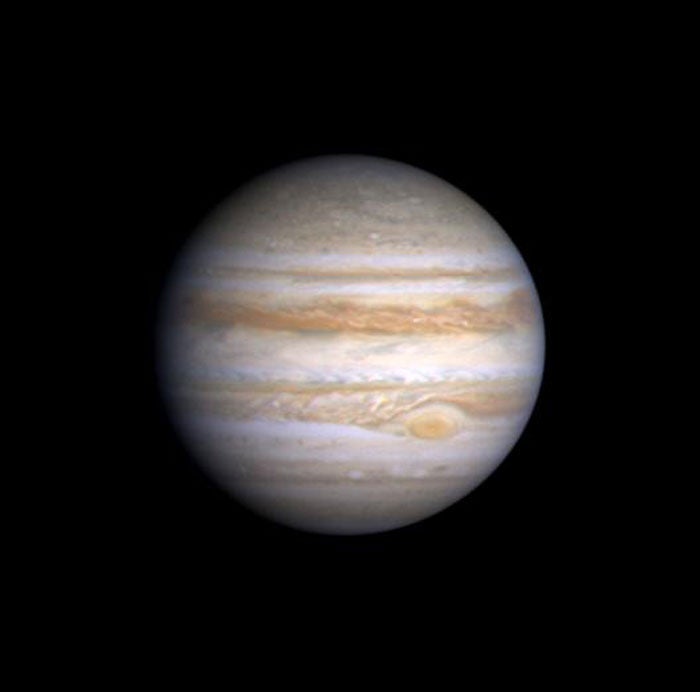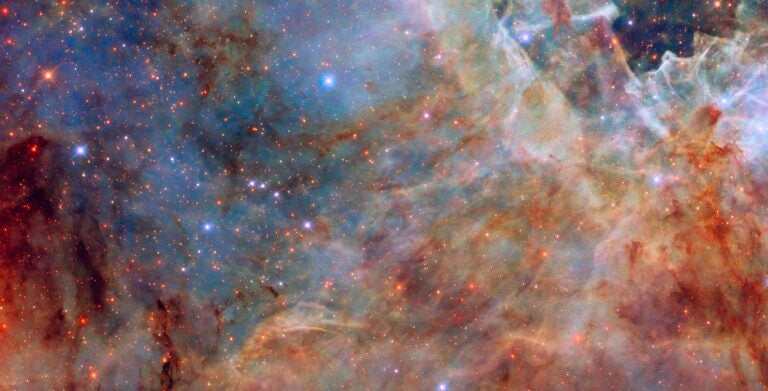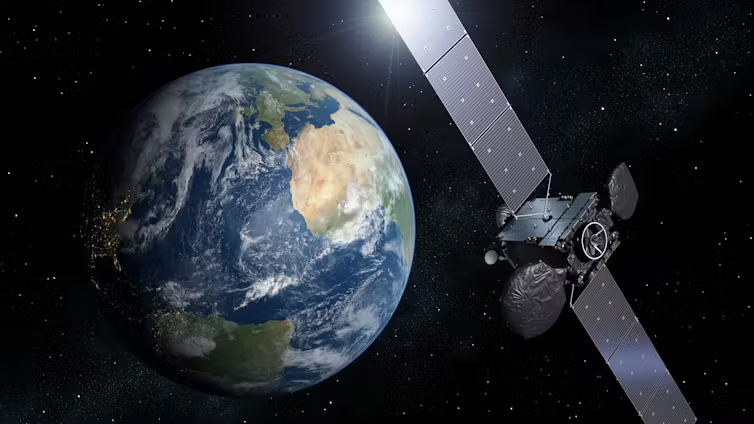Yes — gravity pulls material toward a central point. The gravitational force between any two pieces of material is inversely proportional to the square of the distance between them. Matter rearranges itself so that every point on a sphere’s surface is pulled evenly toward the center. In general, the more massive an object — like Jupiter or a star — the more perfectly round it is.
The force of gravity is also responsible for the elliptical, and occasionally circular, shapes of orbits (of stars, comets, moons, and planets). Such bodies would move in straight lines except that as they near another object, they interact via gravity and both feel a “pull” toward each other. In the case of the Sun and a planet, the Sun is much more massive than the planet, so our star pulls the planet as it tries moving in a straight line. The planet feels gravity from every point in its trajectory, which creates an elliptical orbit. — Liz Kruesi, Associate Editor










